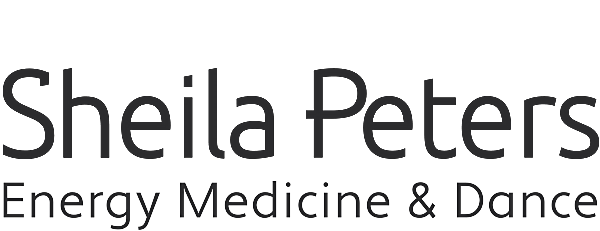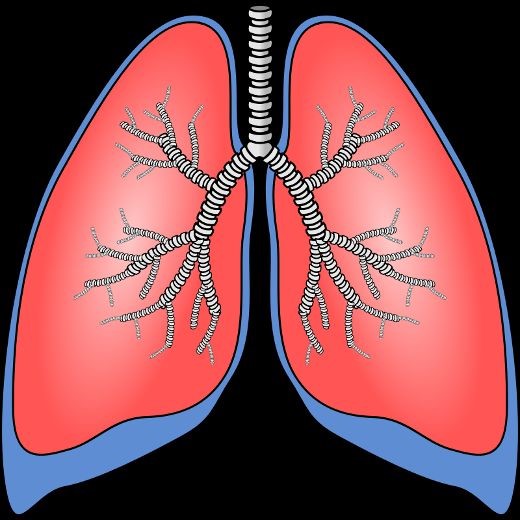In breath… out breath.
Our breath informs us. It can teach us much about ourselves if we tune in to it. If we pay attention.
So many aspects of our lives can be found in how we are inhaling and exhaling. Taking in and giving out. Receiving and yielding. Are we breathing shallowly or deeply or somewhere in between? Are our in breaths short and our out breaths long? Or the reverse?

How much of our lungs are we truly engaging when we breathe? Do we allow our lungs to fully inflate – front to back and side to side? Our lungs are like bellows and bellows work best if they are inflated according to the purpose of the moment. Are we generous with our breaths and therefore with ourselves and others? Are we stingy in our breathing, and what does that say about our emotional health?
Do we habitually hold our breath – stop the process – at certain moments in our lives? If so, when does that happen – when we are shocked? Surprised? Sad? Excited? Learning a new skill? Does holding the breath serve a function that assists us in those moments or does it make the tension of those times harder?
We focus on our breath when we are meditating. The rhythm of a bodily function that is automatic can have a calming, centering effect. Coming back from the brain’s busy thoughts to the breath can bring us back into the present moment. Be here now! The rhythm is comforting – we can sense ourselves as living beings when we focus on the breath, not the machinations of an overactive computer-like brain. We are alive and more than the grey matter in our skulls!
In breath… out breath.

When we breathe we are also engaging one of our main sensory systems – the sense of smell. A small whiff of an aroma can trigger strong memories – of past events, of places, of a special individual. Who has not been transported by the scent of newly mown grass, the waft of a newborn’s crown, the whiff of ocean waves, or the perfume of a fragrant flower? Our emotions become involved as we breathe in the odors around us. We associate feelings with each of these smells and can imagine the contexts in which we may experience the same emotions again.
Breathing can remind us that we have a future and a past. The oxygen and nutrients that we inhale into our lungs pass into our bloodstream and thereby into all of our muscles, organs, and cells. We nourish all of our body with our inhalations. The completion of this process is exhalation – where the body expels what is no longer useful or needed – the detritus of the oxygenation process – carbon dioxide. We nourish and then cleanse the body with each breath.
As we inhale, we are bringing in the future health of our body and then, as we exhale, we release what no longer serves us – the past. The amount of time that each inhalation of breath takes to come into our lungs, circulate throughout the body, and then finally be exhaled takes 21.6 minutes on average.
We carry an inhalation for a significant period of time as it travels through our physical mass. Understanding this may cause us to change the way we take our inhalations because it will affect how we feel in 20 or so minutes. If the in breath is shallow then perhaps we will not be able to cleanse our bodies as deeply as we may need. If the in breath is very full, will we let go of more than we think is best for us in the subsequent full exhale? How do we want to feel in the future and what of our past do we want to let go of?
Thus breathing is not just about the rhythm, it is also about what will happen and what has already passed – the present, the future, and the past. It encompasses all time, at least until we stop breathing altogether which means we are no longer alive in this life.
Out breath… in breath.
We use the metaphor of inspiration in other ways as well. A new idea, dream, formula, or cause appears fully formed in our mind’s eye and we say that we have been inspired. Breath has been blown into a new awareness or concept and the vision has been given life.

When we are inspired we often feel as if we have been guided by something other than ourselves. By Nature? By the Divine? Where did that idea come from? It seems to flow into our consciousness just as oxygen flows into and out of our lungs without great thought on our part. To be inspired is to be connected with something outside of ourselves, to be part of a grander scheme, a bigger whole. We can see a bigger part of the picture.
Artists, writers, dancers, composers, scientists, inventors, children, parents – all of us feel the occasional moment of inspiration when a sudden discovery or idea makes us feel more alive, more present, more capable of bringing joy, peace, and understanding to the world. We are fueling our hearts through inspiration just as our lungs are fueling our cells through inhalation.
Breathing has much to teach us if we are mindful and pay attention to the in breath and the out breath. Breathing has the capacity to connect us to all that is – our bodies; our emotions; new ideas; past, present, and future – with all that is outside our bodies: Nature, other individuals, and the Divine.


